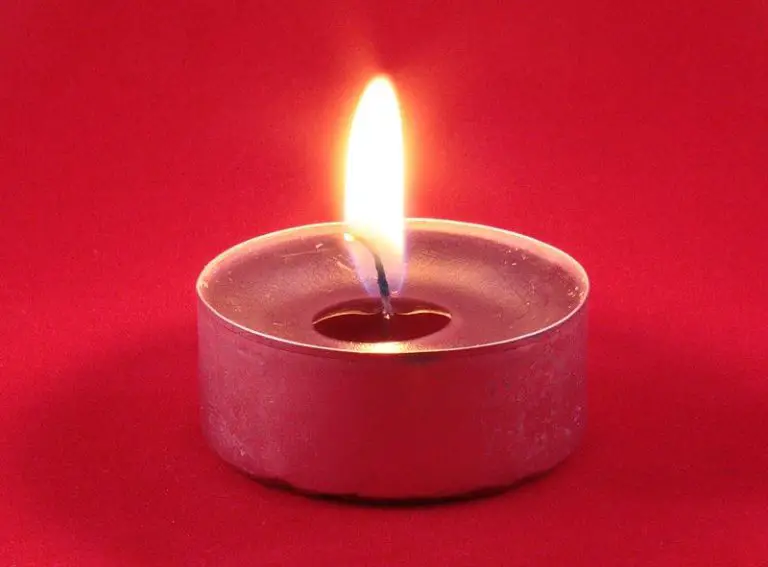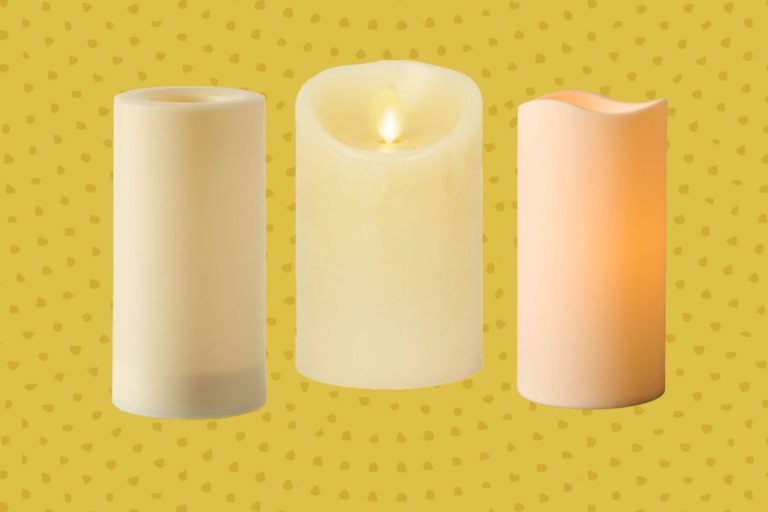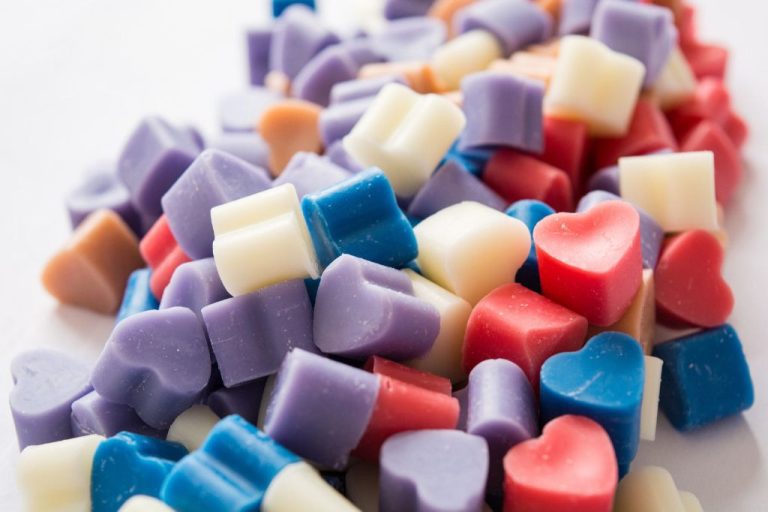Which Candle Burn The Fastest?
Candle burn rate, or the speed at which a candle burns, is an important factor in candle performance and safety. Faster burning candles provide brighter light but also pose greater fire risks as they produce larger flames and melt wax quicker. Slower burning candles tend to provide more even, long-lasting illumination but may tunnel or produce excessive soot if the wick is overwhelmed by the melted wax pool.
Many variables can influence the rate at which a candle burns. Wick type and diameter, wax composition, candle dimensions, wax additives, and more all play a role. Carefully controlled burn rate tests are required to understand how these factors interact and impact performance.
By understanding what speeds up or slows down the burn rate, candles can be designed that provide an optimal balance of brightness, burn time, and safety. This knowledge also allows consumers to select candles aligned with their specific needs and preferences. The following sections will explore the key factors that govern candle burn rate in detail.
Wick Material
The material used for the wick significantly impacts how quickly a candle burns. Studies show wicks made from natural fibers like cotton tend to burn slower compared to synthetic wicks or wicks made from wood or paper. Cotton wicks are the most common and burn the slowest due to their tightly braided construction. The dense braiding helps regulate wax flow to the flame. In contrast, wood and paper wicks absorb more wax leading to faster and hotter burning. Synthetic wicks fall in the middle, burning faster than cotton but slower than wood or paper.
One study published in the journal Science Direct compared cotton, wood, and paper wicks. They found cotton wicks burned around 20% slower than wood and 35% slower than paper wicks. The researchers concluded wick material has a strong impact on candle burn rate due to differences in absorption and combustion of the wick fibers. In summary, those looking for slow, steady burning should choose cotton wicks, while wood and paper wicks will burn faster and hotter.
Wick Diameter
The diameter of a candle’s wick has a significant impact on its burn rate. Thinner wicks typically lead to slower burn times, while thicker wicks cause candles to burn faster (Furlong, 2022). This is because thicker wicks are able to deliver wax to the flame at a higher rate, fueling a larger flame that melts more wax. Thinner wicks struggle to keep up with demand and result in a smaller flame.
Specifically, research shows that increasing a cotton wick’s diameter from 3 to 6 millimeters nearly doubles the average burn rate. Moving from a 6 mm to an 8 mm wick increases burn rate by about 50%. In contrast, decreasing wick diameter slows the rate of burning. The impact levels off at the thinnest wicks, as extremely narrow diameters begin to extinguish the flame or prevent it from spreading into the wax pool (Furlong, 2022).
In summary, thicker candle wicks clearly correlate with faster burn times, while thinner wicks slow things down. A 4-5 mm cotton wick offers a balance between burn time and preventing tunneling.
Source:
Impact of candle wicks and fuels on burning rate, flame length, and soot
Wax Type
The type of wax used in a candle greatly impacts its burn time. Each wax has different properties that affect how quickly it melts and burns.
Paraffin wax is a byproduct of petroleum refining. It is inexpensive and burns quickly, but can release more soot and smoke. Paraffin candles typically have shorter burn times of 6-8 hours per ounce.
Soy wax is made from soybean oil. It burns slower and cleaner than paraffin. Soy candles can burn for up to 15 hours per ounce, almost twice as long as paraffin.1

Beeswax is all-natural wax produced by honey bees. Beeswax has a high melting point so it burns the slowest. A beeswax candle may burn for over 25 hours per ounce, making it the longest lasting option.
Gel wax is a mineral oil-based transparent wax. It allows for vibrant colors but can sweat in warmer environments. Gel burns slower than paraffin but faster than soy or beeswax.
In summary, paraffin burns the fastest while beeswax candles have the longest burn times. Soy and gel wax fall in the middle. The type of wax impacts burn rate, scent throw, and other candle properties.
Candle Size
Larger candles generally have longer burn times compared to smaller candles because they contain more wax and fuel for the flame (Slatkin & Co, 2023). The height and diameter of a candle impact its burn time in the following ways:
Taller candles take longer to burn since there is more wax stacked vertically. A candle that is 3 inches tall will burn faster than a 6 inch tall candle of equal diameter. The greater the height, the more wax present and longer it takes to melt from top to bottom.
Wider candles also tend to burn slower because there is more wax distributed horizontally. A candle with a 2 inch diameter contains roughly twice as much wax as one with a 1 inch diameter, assuming equal height. This greater pool of wax leads to a longer burn time.
In summary, both increasing the height and diameter of a candle adds more wax and results in a slower burn. Doubling either dimension approximately doubles the burn time, with height having a greater impact than diameter. However, wick properties also significantly influence burn rate.
Wax Additives
Candlemakers often add various substances to candle wax to modify the properties and burning characteristics. Some common wax additives that can influence burn rate include:
Stearic Acid – This fatty acid, derived from animal fat or vegetable oils, helps harden wax and increase melt point. Adding 5-10% stearic acid can extend burn time by making the wax harder and slower-melting (Stearic Acid and Vybar: These additives can improve the hardness and burn time of candles, but using too much can cause the candle to become brittle) [1].
PE Wax – Polyethylene wax, produced from petroleum, helps strengthen wax crystals. Studies show adding 2% PE wax increased candle burn time, though more than 5% can cause adverse effects (Effect of Different Additives on Burning Efficiency of the … Burn time increases as the percent PE wax increases up to. 2%) [2].
Dyes and Fragrances – These additives can speed up or slow down burn rate, depending on formulation. Some makers recommend limiting dyes/fragrances to 5-7% to avoid decreasing burn time (Candle Additives: Types, Chemistry, and Effects) [3].
Vybar – Like stearic acid, this proprietary additive reinforces the wax structure leading to harder, longer-burning candles. But too much Vybar can make the wax brittle (Stearic Acid and Vybar: These additives can improve the hardness and burn time of candles, but using too much can cause the candle to become brittle) [1].
Melting Point
The melting point of a wax is the temperature at which it transitions from a solid to a liquid state. This is an important factor in determining a candle’s burn rate. Waxes with higher melting points, such as paraffin (135-145°F) and beeswax (144-147°F), need more heat to melt and therefore burn slower. Waxes with lower melting points, like soy wax (115-125°F), melt more quickly and burn faster. The melting point impacts how fast the melted wax travels up the wick – the higher the melting point, the slower the wax pool forms.1
Additionally, waxes with a higher melting point produce a taller flame and more complete combustion. The wax pool takes longer to reach its melting point, resulting in a slower burn. Conversely, lower melt point waxes create a wider wax pool more quickly. This provides more surface area for the flame to melt the wax, accelerating the burn rate.2 Understanding how melting temperature impacts burn performance allows candle makers to select the appropriate wax for their desired burn time.
Testing Methods
To accurately compare burn rates between different candles, objective testing methods should be used under controlled conditions. The most common method is to weigh the candle periodically as it burns to calculate the rate of wax consumption.
This test involves the following steps:
- Record the starting weight of each identical candle before lighting.
- Light the candles simultaneously and allow to burn undisturbed for a set period of time (e.g. 1 hour).
- Extinguish the flames and allow the wax to resolidify.
- Weigh the remaining candle wax and wick.
- Subtract the remaining weight from the starting weight to determine how much wax was consumed.
- Divide the wax consumed by the time burned to calculate the burn rate.
For accuracy, this process should be repeated several times, averaging the burn rates. Testing multiple identical candles per variant is also recommended. Strictly controlling variables like wax type, wick type/size, room temperature and drafts is critical.
By weighing candles at regular intervals, the linear burn rate can be easily compared between different candles in grams/hour. This provides objective data to determine which candle burns fastest under controlled conditions. Source
Safety
When burning candles, it’s important to take proper safety precautions to avoid potential hazards like fires, burns, and smoke inhalation. Here are some key tips for burning candles safely:
- Always keep candles away from anything flammable like curtains, paper, furniture, etc. Leave at least 12 inches of space around the candle.
- Never leave a burning candle unattended. Always blow it out if you’re leaving the room or going to sleep.
- Use a heat-resistant and nonflammable candle holder. Glass, metal or ceramic work best.
- Place candles on a stable, flat surface. Avoid surfaces like wood tables which can burn.
- Keep candles out of reach of children and pets.
- Trim wicks to 1/4 inch before lighting to avoid excess smoke and uneven burning.
- Allow jar candles to pool completely across the top before each lighting to avoid tunneling.
- Make sure the room is properly ventilated when burning multiple candles.
- Always use a candle snuffer or wet fingers to extinguish candles.
- Check that candles are completely extinguished before leaving them.
Following basic precautions like these will help ensure candle burning is an enjoyable, hazard-free experience. For more tips, see this reference on candle safety from Ralph’s Orchard.
Conclusion
In summary, wick material, wick diameter, wax type, candle size, wax additives, and melting point all influence how quickly a candle burns. 100% beeswax candles with a large wick diameter and no additives tend to burn the fastest, while paraffin candles with a smaller wick and additives like vybar or stearic acid burn slower. Testing burn rates by measuring candle height over time reveals these differences. For safety, trim wicks to 1⁄4 inch before lighting and keep burning candles away from flammable materials. This overview of factors optimizing faster or slower candle burns provides key findings to consider when selecting candles based on desired burn time.




